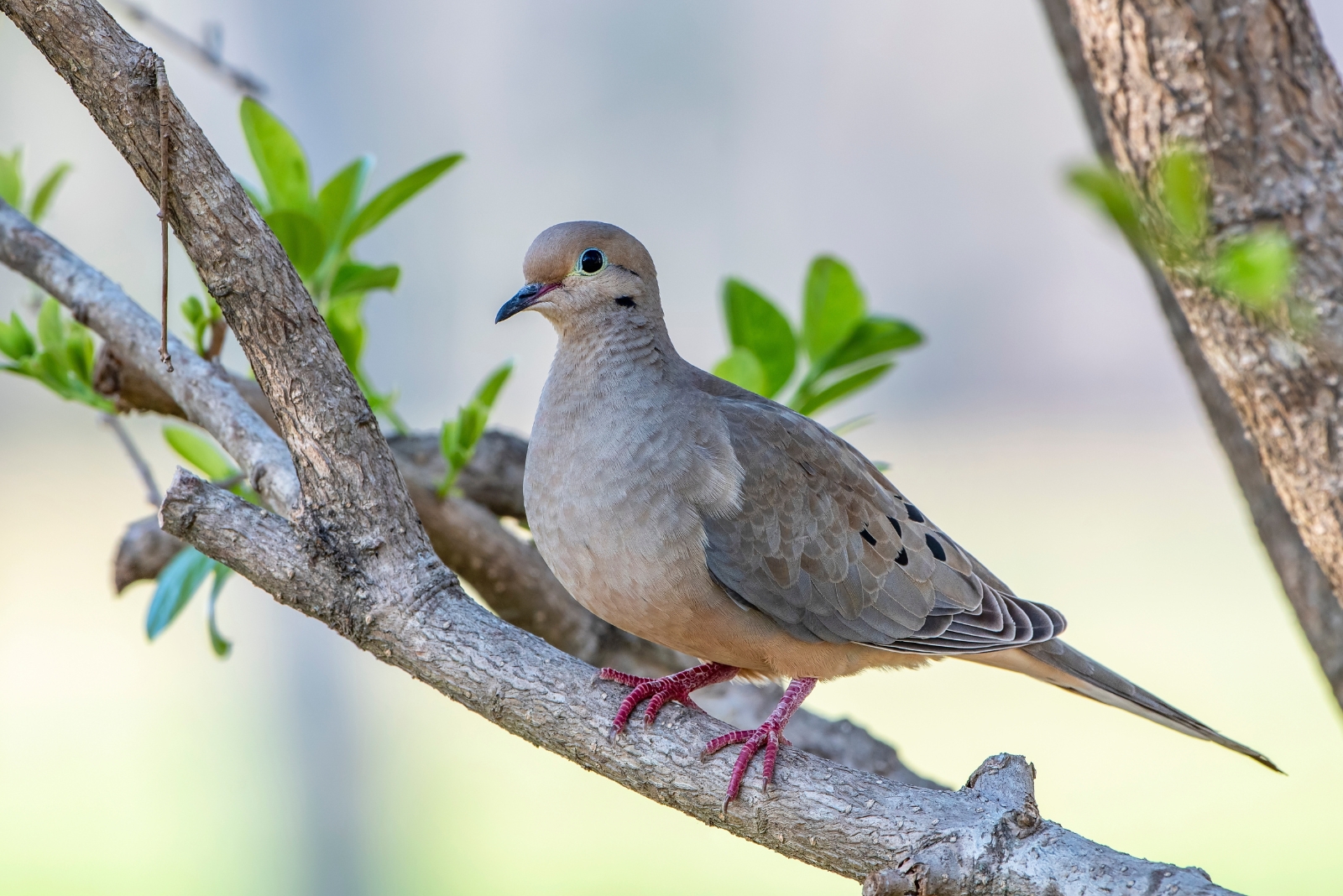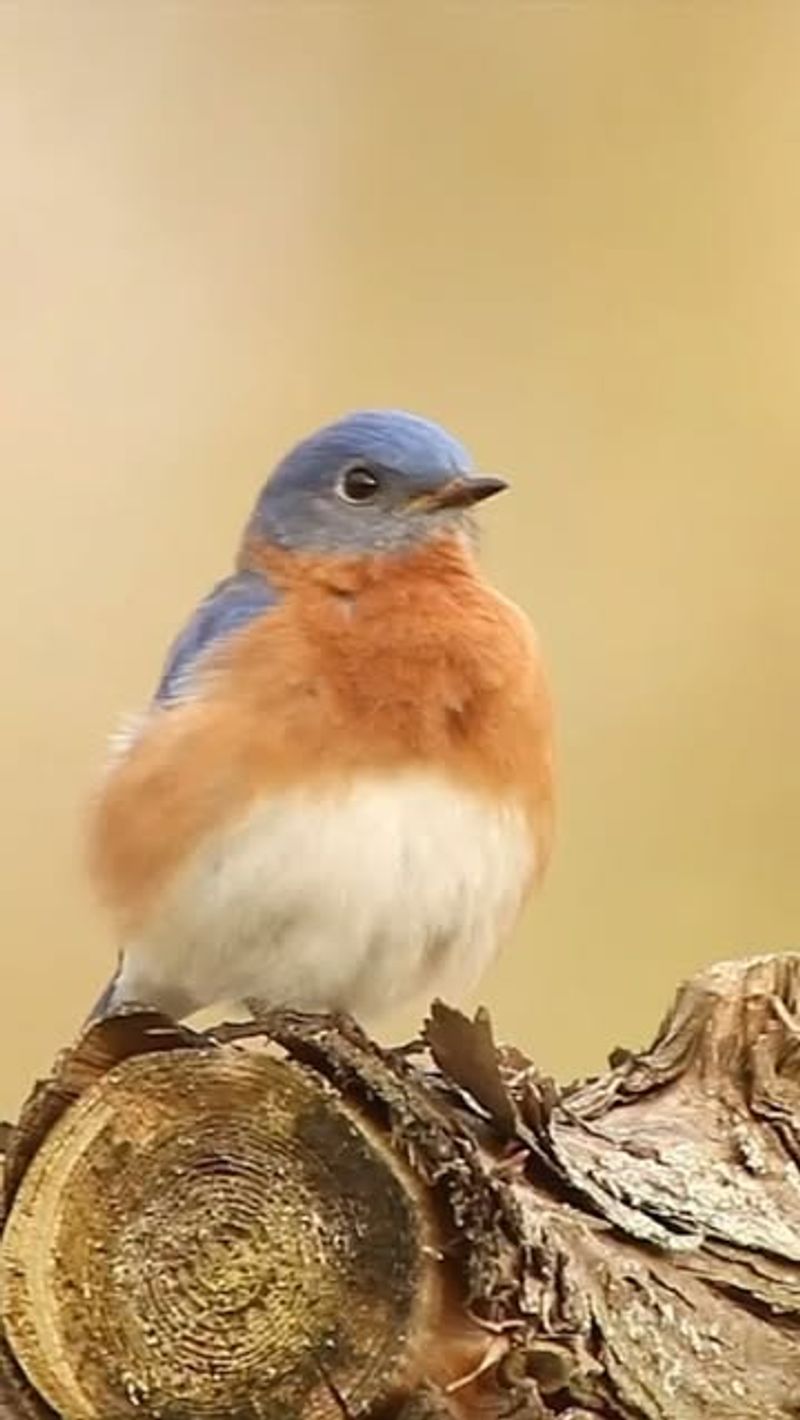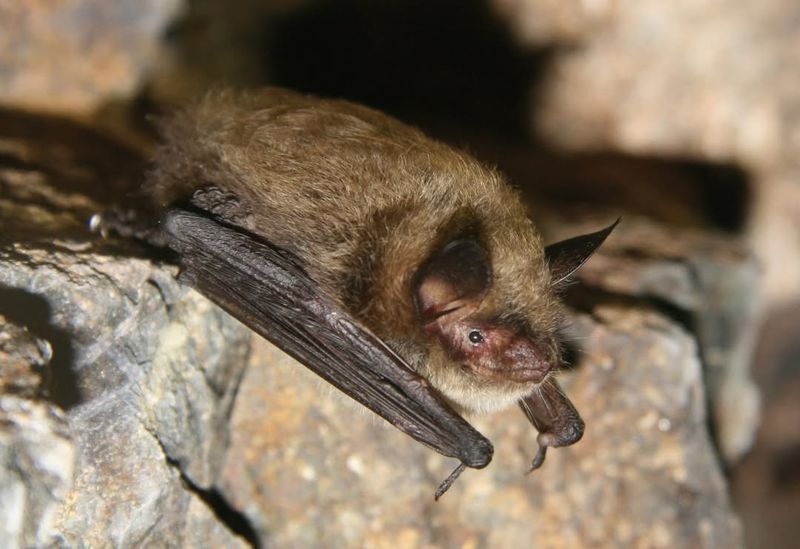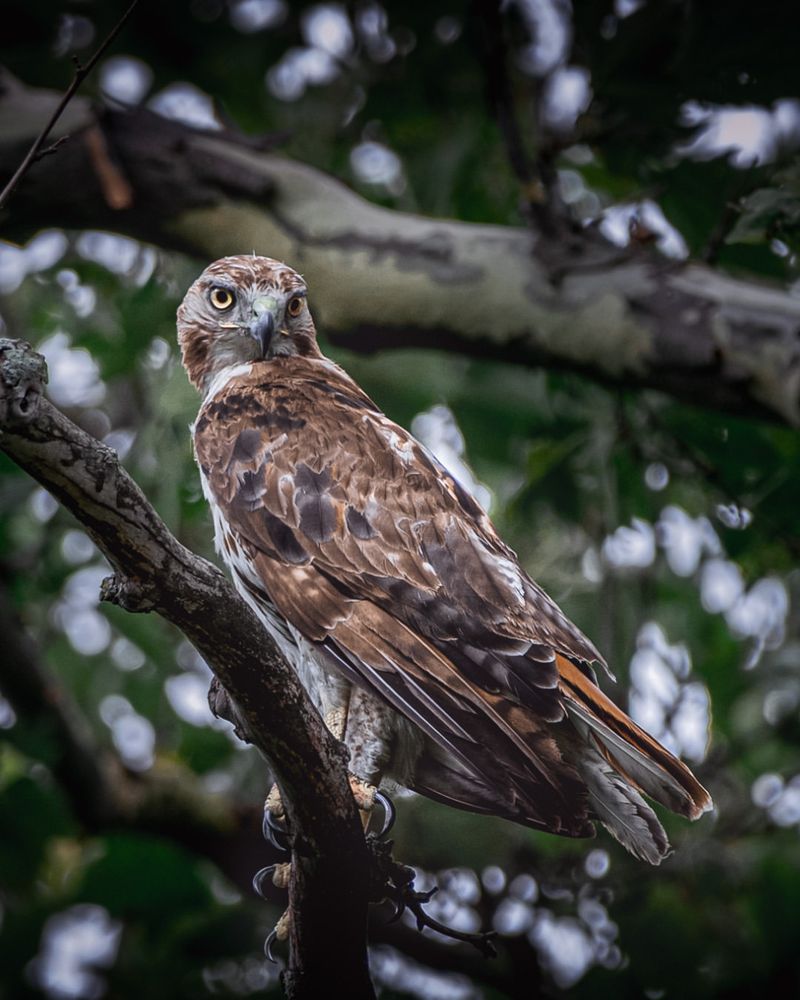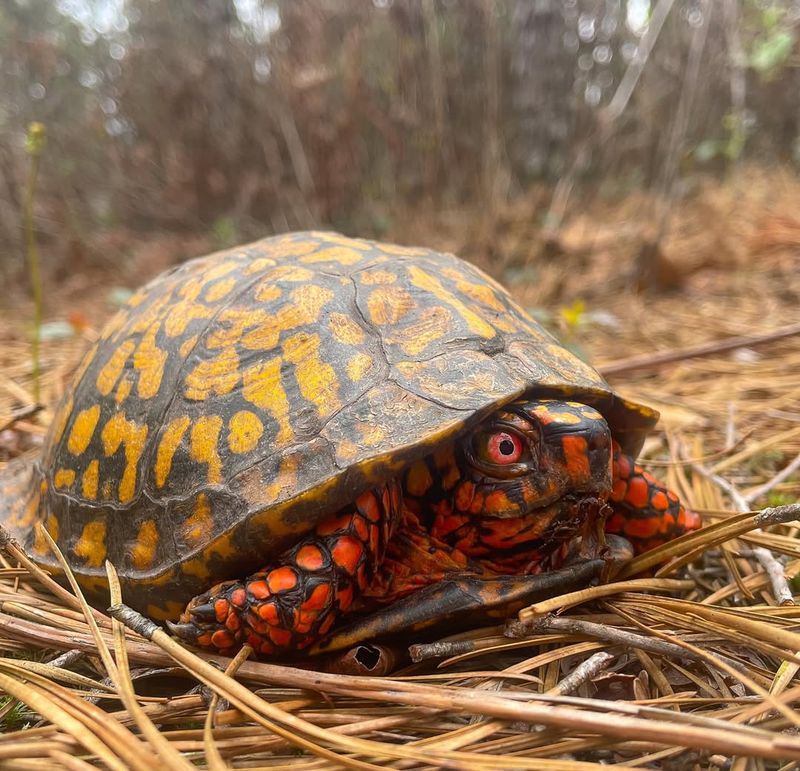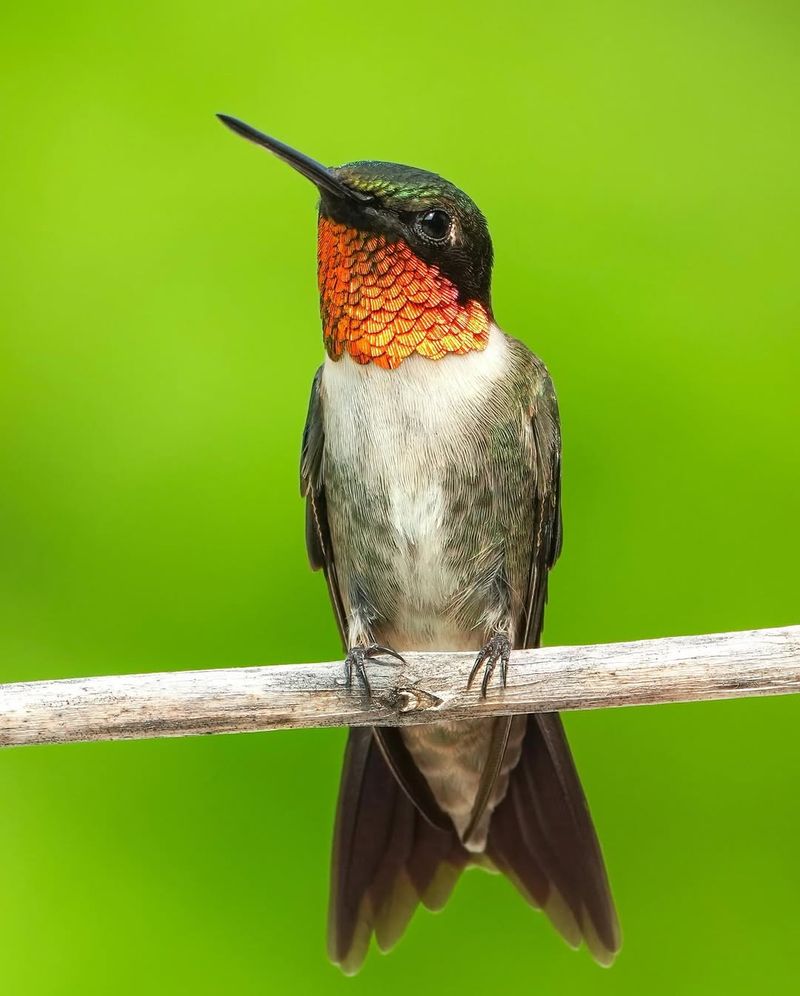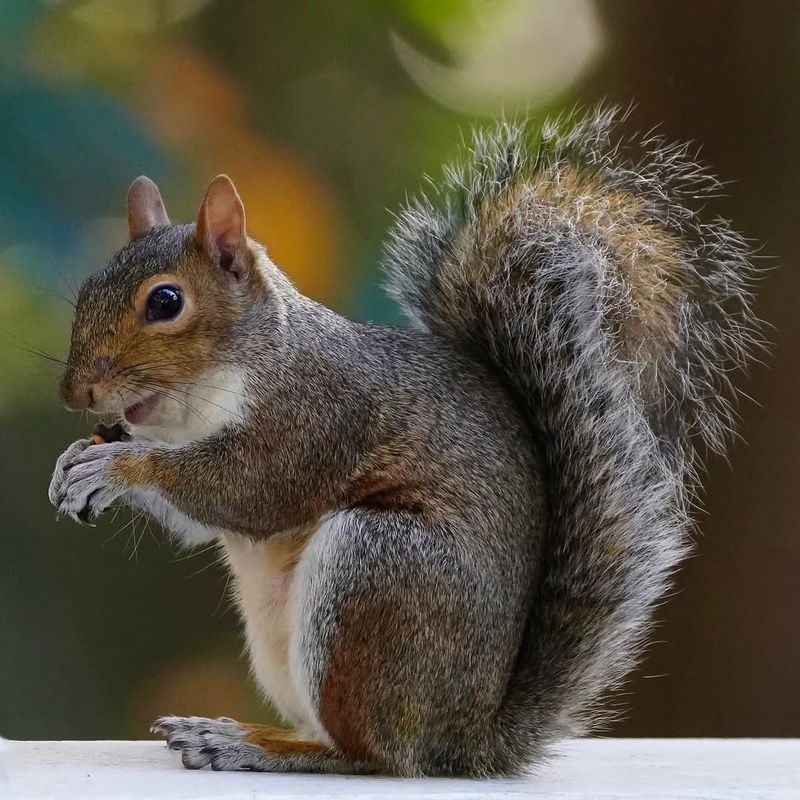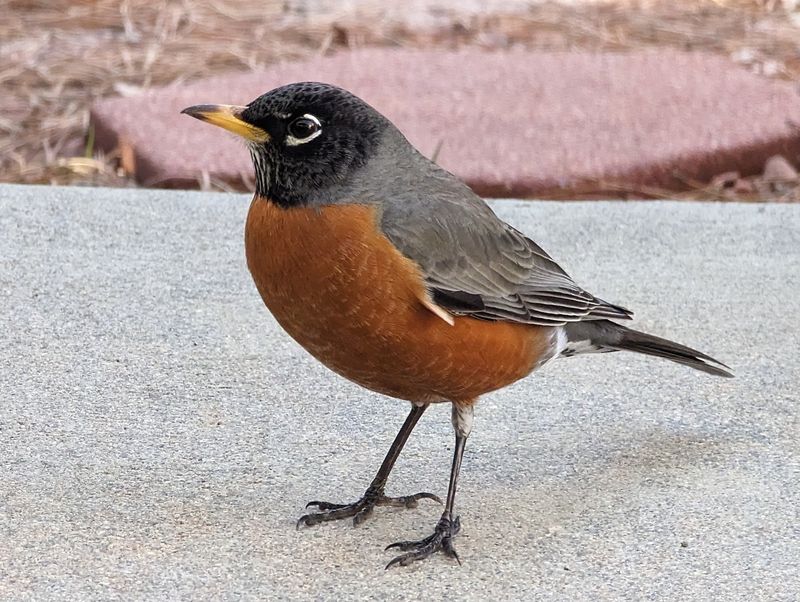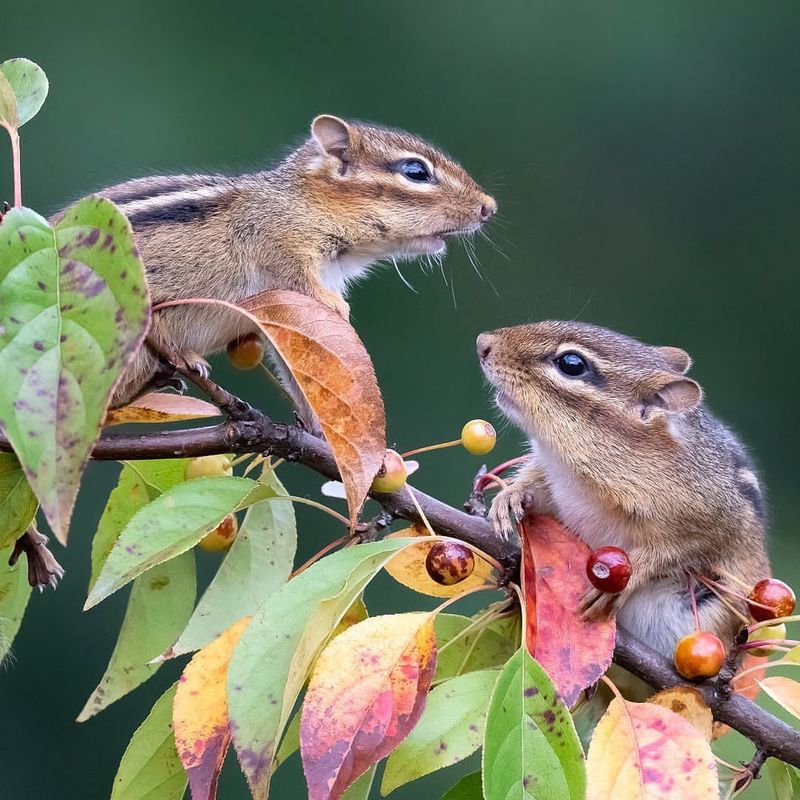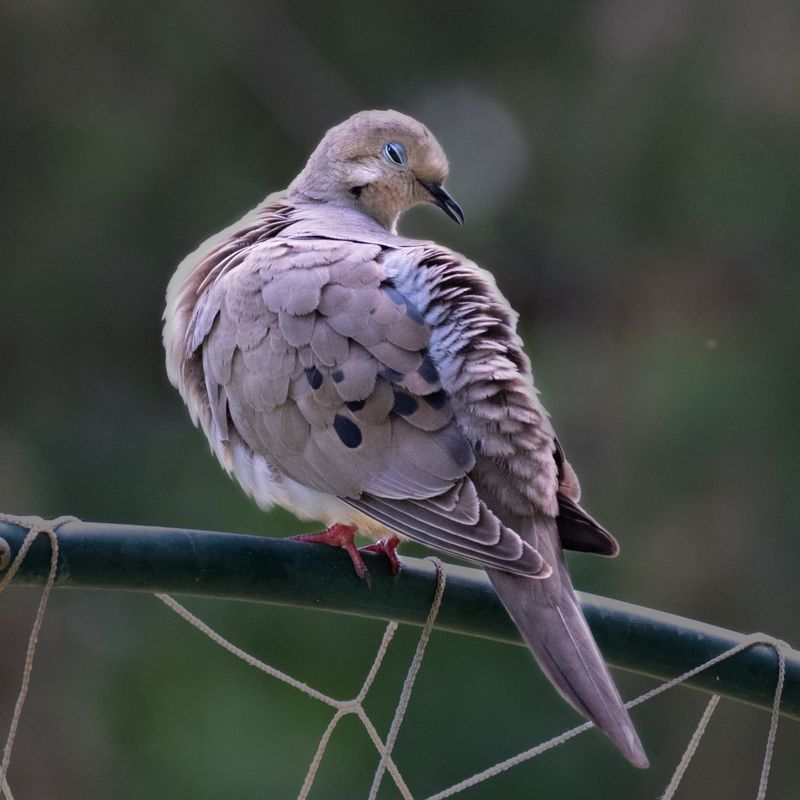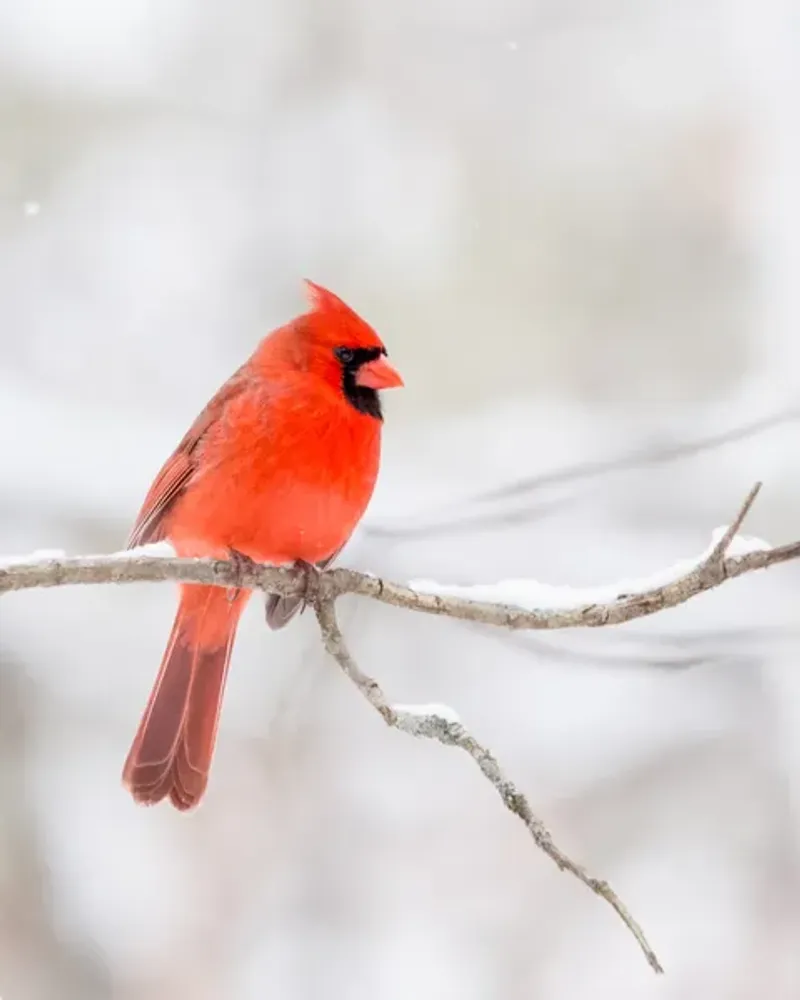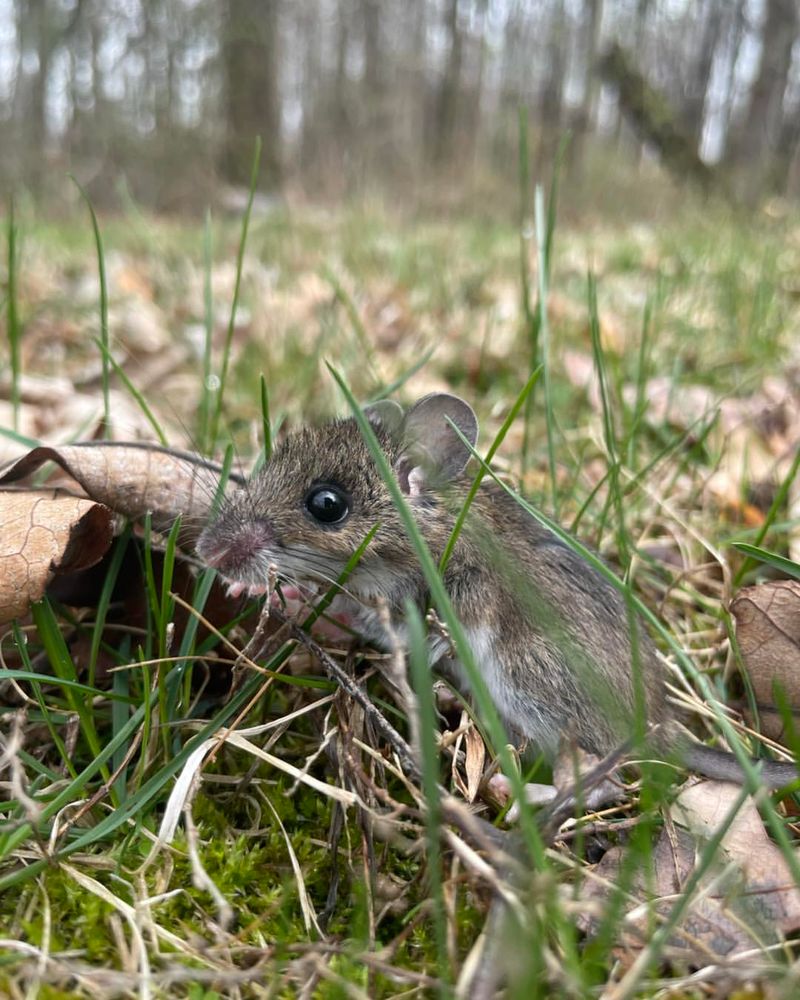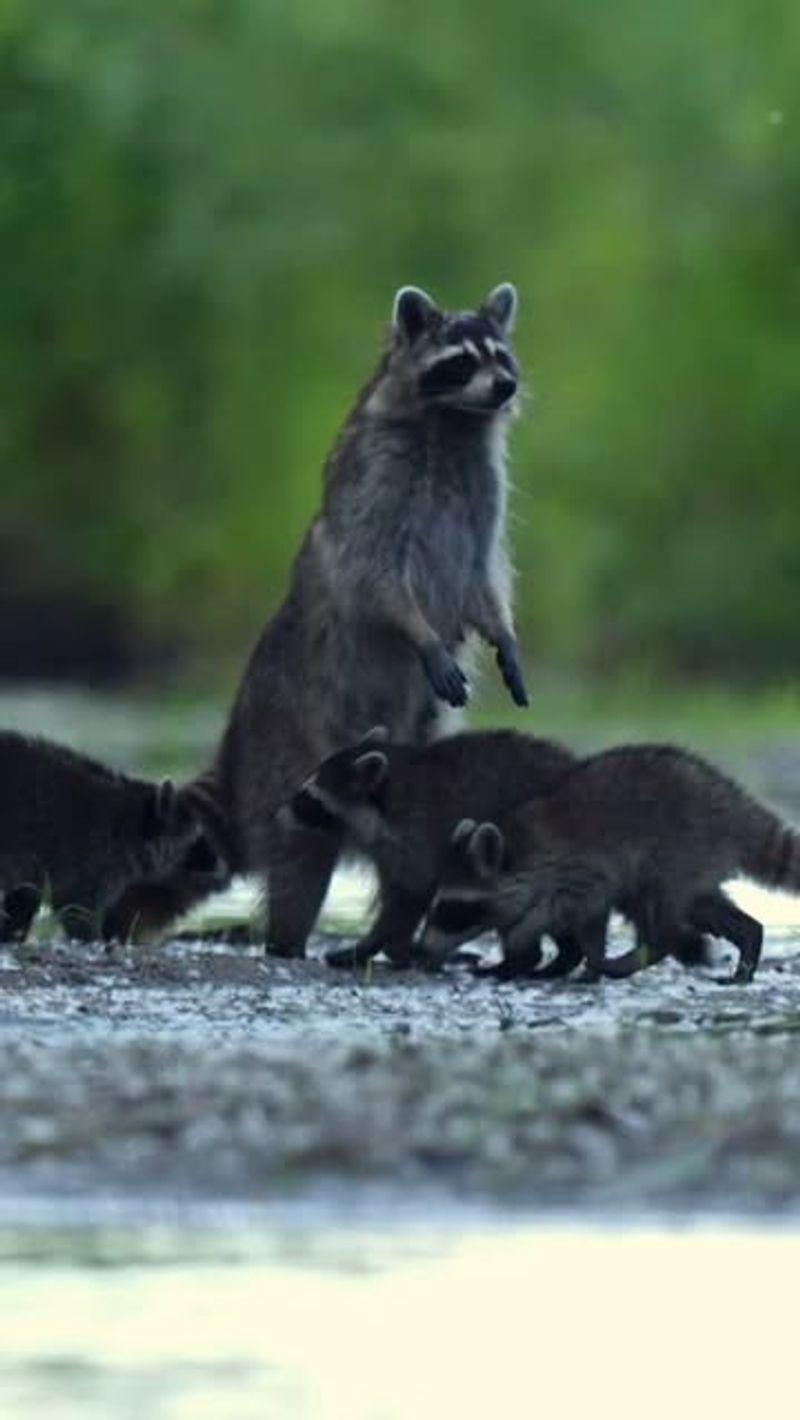Connecticut’s backyards are full of fascinating wildlife, and some of those creatures have special protection by law.
I’ve had a few unexpected guests over the years and learned the hard way that not every critter can be moved or disturbed.
From tiny songbirds to bigger backyard visitors, the list might surprise you. Knowing who’s legally off-limits can save you a lot of trouble—and maybe even a fine!
1. Eastern Bluebird
Spotting one of these vibrant blue beauties is like finding a living jewel in your Connecticut yard. Their cheerful songs and stunning colors make them favorites among birdwatchers across the state.
Protected under the Migratory Bird Treaty Act, bluebirds nest in cavities and love open areas with scattered trees. You can help them thrive by installing special bluebird houses with properly sized entrance holes.
Never disturb their nests or eggs, as federal law prohibits harming these delightful songbirds or their homes.
2. Little Brown Bat
Connecticut residents often discover these tiny flying mammals roosting in their attics or barns during summer months. Despite their spooky reputation, bats are incredibly beneficial pest controllers, devouring thousands of mosquitoes nightly.
State law protects little brown bats, especially since their populations have declined dramatically due to white-nose syndrome. If you find bats in your home, contact wildlife professionals for humane removal options.
Killing or harming these nocturnal insect-eaters violates Connecticut wildlife regulations and federal protections.
3. Red-tailed Hawk
Watching one of these majestic raptors circle overhead is a breathtaking experience for Connecticut homeowners. Their distinctive screech often accompanies nature documentaries, making them instantly recognizable.
Federal law strictly protects all hawks, including red-tails, from harassment or harm. They help control rodent populations around homes and farms naturally.
Even collecting their fallen feathers without proper permits is illegal, so simply admire these powerful predators from a respectful distance in your Connecticut neighborhood.
4. Eastern Box Turtle
Finding one of these ancient-looking reptiles slowly crossing your Connecticut property is a special moment worth celebrating. Their domed shells feature beautiful patterns unique to each individual turtle.
Connecticut law prohibits taking box turtles from the wild or keeping them as pets without proper permits. These slow-moving creatures can live over 100 years in their natural habitat.
If you spot one crossing a road, carefully move it in the direction it was heading, then let it continue its journey undisturbed.
5. Ruby-throated Hummingbird
The buzzing wings of Connecticut’s only hummingbird species create a magical sound around summer gardens. Males flash brilliant ruby-red throat patches that shimmer in sunlight like precious gems.
Protected under federal migratory bird laws, these tiny dynamos migrate thousands of miles between Connecticut and Central America. Planting native flowers and hanging sugar-water feeders helps support their incredible journey.
Remember, touching or capturing these miniature marvels is illegal throughout the state.
6. Gray Squirrel
Connecticut yards wouldn’t feel complete without these bushy-tailed acrobats leaping between trees and raiding bird feeders. Their entertaining antics provide endless amusement for homeowners throughout the state.
While often considered pests, gray squirrels enjoy protection under Connecticut wildlife regulations requiring humane treatment. Trapping or relocating them without proper permits violates state law.
If squirrels become problematic in your Connecticut home, contact licensed wildlife control operators for legal removal solutions rather than taking matters into your own hands.
7. American Robin
Few sounds signal spring in Connecticut more joyfully than a robin’s cheerful caroling at dawn. Their orange breasts and gray backs make them easily identifiable across residential neighborhoods.
Federal protection covers these beloved songbirds year-round, even though they’re common backyard visitors. Robins build mud-lined nests in trees, shrubs, and sometimes on porch ledges.
Connecticut residents should never disturb active robin nests or attempt to raise fallen chicks, as this violates the Migratory Bird Treaty Act.
8. Eastern Chipmunk
The high-pitched chips and chirps of these striped ground squirrels echo through Connecticut yards all summer long. Watching them stuff their expandable cheek pouches with seeds is genuinely adorable.
State regulations protect chipmunks from inhumane treatment, though homeowners sometimes struggle with their enthusiastic burrowing habits. They hibernate underground during Connecticut’s cold winters, emerging hungry each spring.
Rather than harming them, use fencing or natural deterrents to protect gardens from their foraging activities throughout the state.
9. Mourning Dove
Their soft, haunting coos create a peaceful soundtrack in Connecticut neighborhoods during early morning hours. Despite being common, many people mistake their calls for owls hooting.
Protected under the Migratory Bird Treaty Act, mourning doves are gentle seed-eaters that mate for life. Connecticut allows limited hunting during specific seasons with proper licensing, but harming them outside regulations is prohibited.
Their flimsy stick nests often appear in trees and shrubs around homes, requiring protection from disturbance throughout the state.
10. Northern Cardinal
Brilliant crimson males stand out dramatically against Connecticut’s snowy winter landscapes, bringing color to the coldest months. Females wear more subtle tan plumage with reddish accents but sing just as beautifully.
Federal law protects these non-migratory songbirds year-round throughout the state. Cardinals don’t migrate, so Connecticut residents enjoy their presence and cheerful whistles in every season.
Providing sunflower seeds and sheltered feeders helps support cardinal populations through harsh New England winters in your neighborhood.
11. White-footed Mouse
Connecticut homeowners often encounter these large-eyed, adorable rodents in garages, sheds, or wooded areas around their property. Their white feet and bellies contrast sharply with brown backs.
While they can carry ticks that spread Lyme disease, white-footed mice are protected under state wildlife regulations requiring humane treatment. Simply killing them isn’t legal without following proper Connecticut pest control guidelines.
Use live traps and seal entry points rather than poison, which harms protected predators that eat mice naturally.
12. Raccoon
Connecticut’s masked bandits are incredibly intelligent problem-solvers that often outsmart homeowners trying to secure trash cans. Their nimble paws can open latches and twist doorknobs surprisingly well.
State law protects raccoons as furbearers, requiring licensed trappers for removal from properties. Though sometimes considered nuisances, they’re important parts of Connecticut’s ecosystem.
Never attempt to poison or illegally trap raccoons yourself, as this violates state wildlife regulations and can result in significant fines throughout Connecticut.

